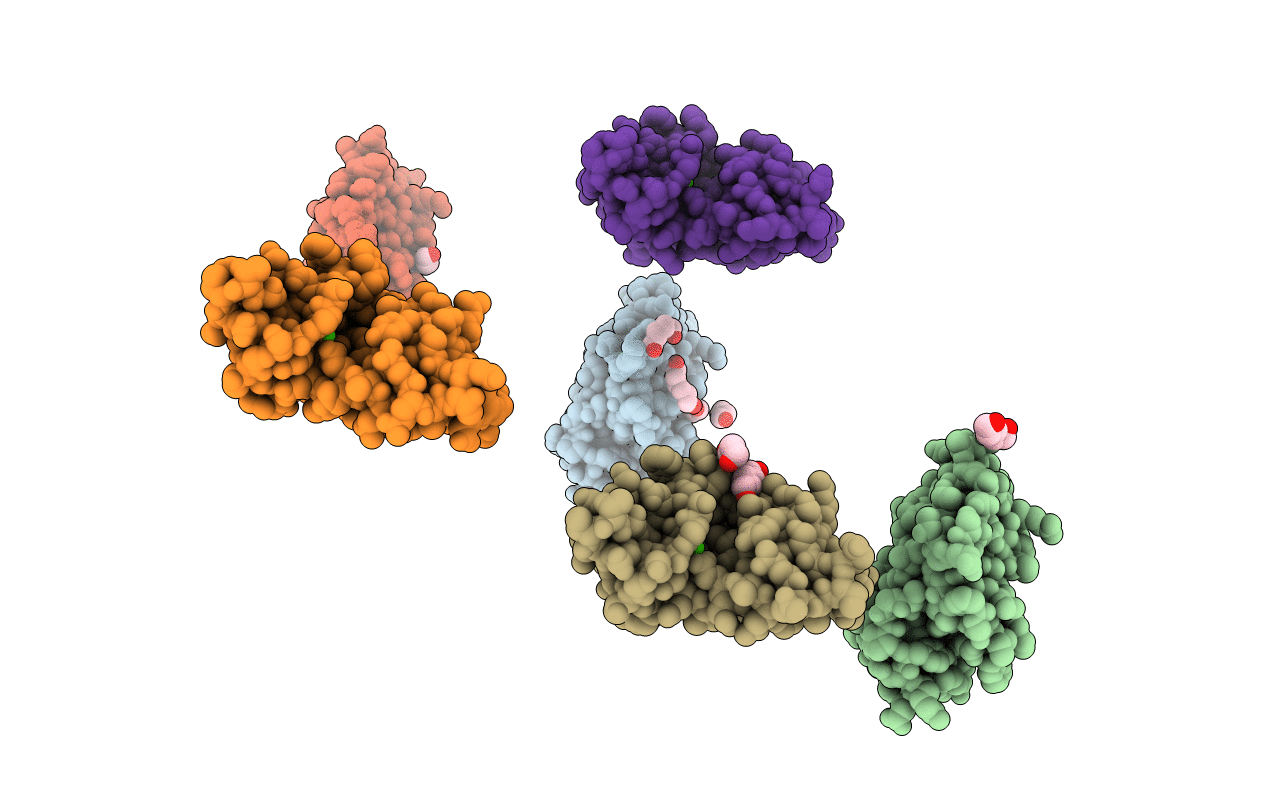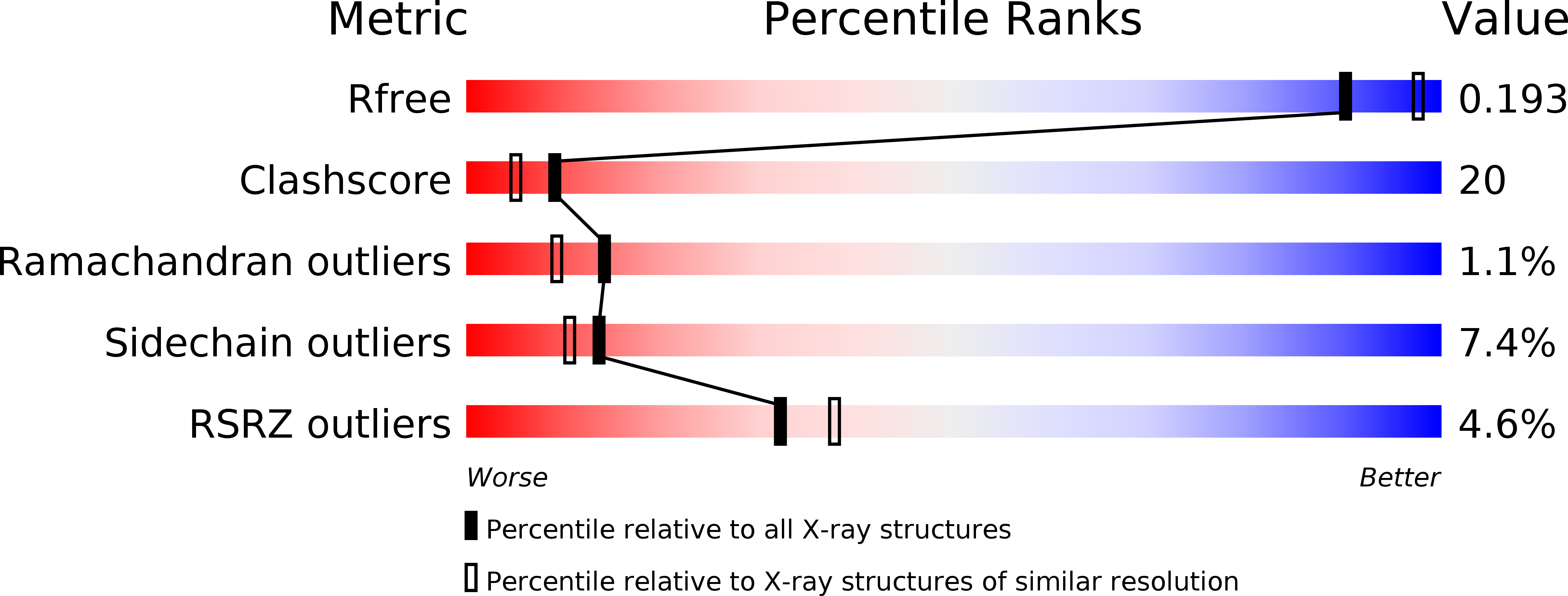
Deposition Date
2002-07-26
Release Date
2003-09-02
Last Version Date
2024-10-30
Entry Detail
PDB ID:
1M8T
Keywords:
Title:
Structure of an acidic Phospholipase A2 from the venom of Ophiophagus hannah at 2.1 resolution from a hemihedrally twinned crystal form
Biological Source:
Source Organism:
Ophiophagus hannah (Taxon ID: 8665)
Method Details:
Experimental Method:
Resolution:
2.10 Å
R-Value Free:
0.21
R-Value Work:
0.19
Space Group:
P 63


